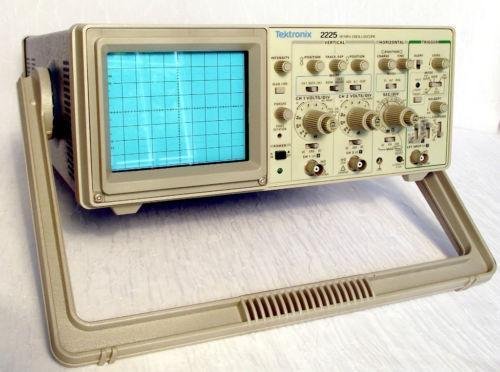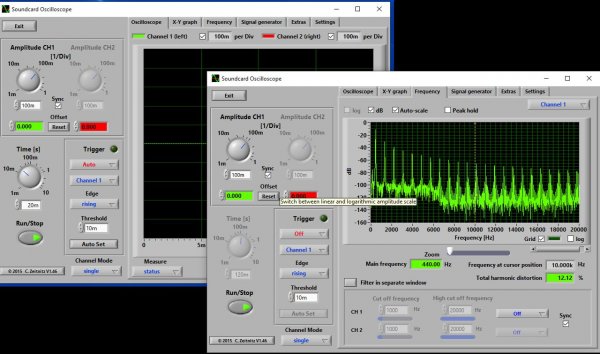The spectrum analysis on most low end oscilloscopes is ... low end. I agree that in that area, a sound card wins. If you want to spend a bit over $1k USD, then you can get a good spectrum analyzer function on a scope. And if I wanted to do more in depth analysis of harmonic distortion performance of my components, then I'd use a sound card and audio analysis software. Or even better, a dedicated audio analyzer instead. But for cart setup, I don't need that. We are looking at phase offsets, waveform breakup, amplitudes, and channel separation of a fundamental frequency. So I do find that the $200 Bitscope provides what I need to very accurately set up cartridges. The Bitscope is attached via USB to my Macbook. I use the main oscilloscope function, the vector scope, and as I said the spectrum analyzer to see channel separation (in dB) of the fundamental signal left vs right. But I don't need to do much more than that. If you do, then you can use a different tool. I don't think Audio Magik offers an advantage for cartridge azimuth other than ease of use, and at least as far as I know, it's not going to help with anti-skate. With a sound card and software, you can achieve the same. But I use the Bitscope for other things for which I can't use a sound card. I'll probably get a sound card for room measurements eventually. Right now, I'm just using the USB UMIK-1.








